Alright, horror aficionados and those who revel in the misfortune of others, your “Dawn of the Dead” has arrived. There’s plenty here to satisfy your primal cravings for thrills and gore, even if seasoned horror enthusiasts approach this blockbuster with a degree of skepticism.
A Suburban Nightmare Unfolds
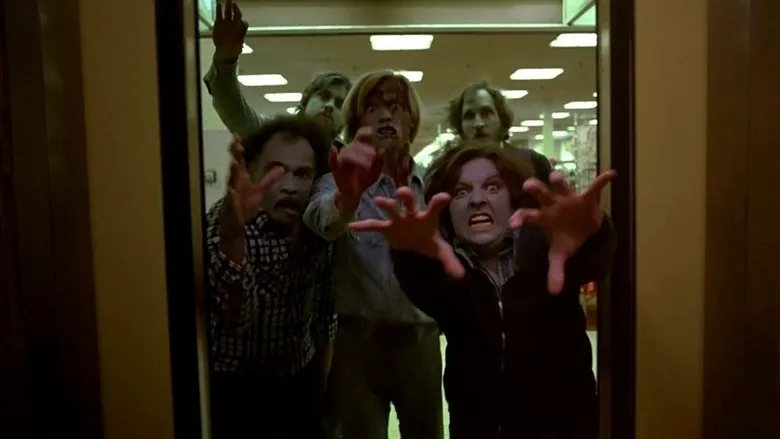
Sarah Polley is enjoying a quiet moment with her husband before bed in suburban Wisconsin. Here’s a case for insomnia: Sarah’s heroism stems from simply being the first to wake up. When a plague-ridden woman with bloodshot eyes and a crimson-stained mouth bursts into their bedroom, the husband’s only fault is that he’s still asleep, making him an easy target. He dies instantly, only to reanimate as one of the infected, a zombie, eager to feast on Sarah. She takes refuge in the bathroom, he claws at the door, she escapes through the window. It’s the stuff of nightmares, but as Sarah emerges onto the street, it becomes clear that this is no dream. People are running, chaos reigns. Apparently, the cemeteries have become overcrowded, though this isn’t explicitly explained. An overflow, perhaps, leading to a vengeful exodus. These newly risen corpses are determined to turn every city and town into a haven for the undead. Rome, Paris, London, New York – all fall. Moscow goes unmentioned, despite one of the characters being of Russian descent. Ironically, she seems to suffer the most.
Survival in a Supermarket
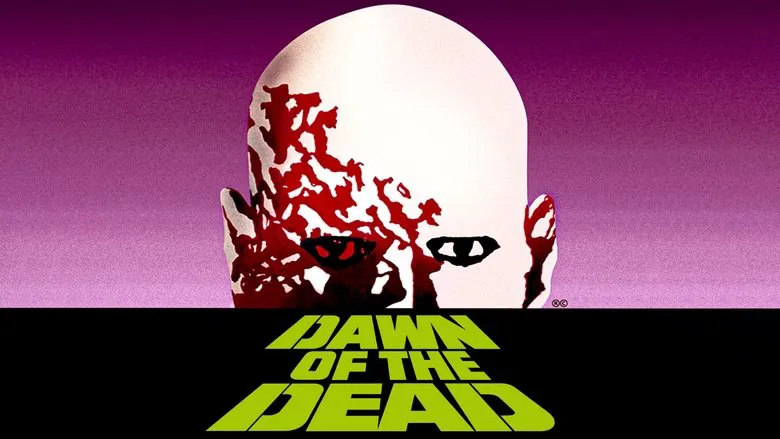
The uninfected are distinguished from the infected by their articulate speech and access to firearms. After a series of harrowing escapes, a group of survivors barricades themselves in a sprawling supermarket. The infected, driven by an insatiable hunger, are drawn to the supermarket, but they are only interested in the internal organs of the living: necks, arms, breasts, bellies – the whole gruesome menu. What follows is a barrage of gunfire, exploding vehicles, and the relentless buzz of a chainsaw. This amalgamation of zombie, vampire, and ghost tropes creates a fertile ground for cinematic references to countless horror films, which, in theory, requires no further explanation. However, discerning viewers will sense that something is amiss. In this “Dawn of the Dead,” the blockbuster has triumphed over the horror.
From Nonconformity to Mainstream
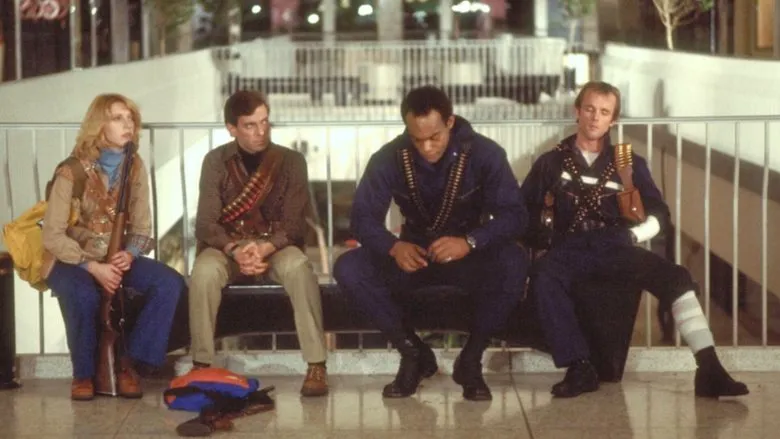
The horror films of Romero, Argento, and their predecessor Corman were bastions of cinematic nonconformity and left-wing commentary. They gleefully and crudely mocked primal instincts and contemporary cinema, working diligently in the “B” movie realm with small budgets and a large dose of humor. They were never mainstream. Director Zack Snyder, with this debut, reveals himself as a model advertising man, having previously served the interests of Audi, Jeep, Land Rover, Nike, Reebok, and Budweiser. Romero’s remake has morphed into a purely mainstream dystopia, akin to “28 Days Later” or the upcoming “The Day After Tomorrow.”
Morality and Mayhem
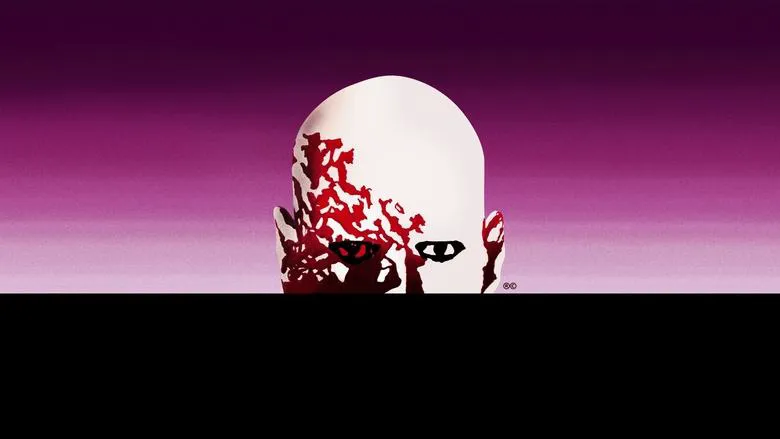
Psychological depth and moral values take center stage. The conflict: the supermarket’s security guards mistreat the newcomers, refusing to allow more survivors inside. Predictably, the survivors not only imprison the guards but also witness the redemption of the worst among them, who ultimately becomes a tragic hero. Another conflict arises: should a living person be shot if they’ve been bitten but haven’t yet succumbed and reanimated? Naturally, relatives object, but eventually, the dying themselves beg to be put out of their misery, or a close relative takes matters into their own hands. Overall, the narrative of “Dawn of the Dead” is not linear but epic. Initially, the surviving humans are terrified and hide, but they gradually adapt and begin to rebuild their lives in the new world. This is where the humor comes in (the chess player across the street, the inedible dog). Finally, they even risk building a “Noah’s Ark” and attempting to reach a “Mount Ararat,” taking all creatures in pairs. In essence, it’s more Bible than horror film.
A Commentary on Modern America
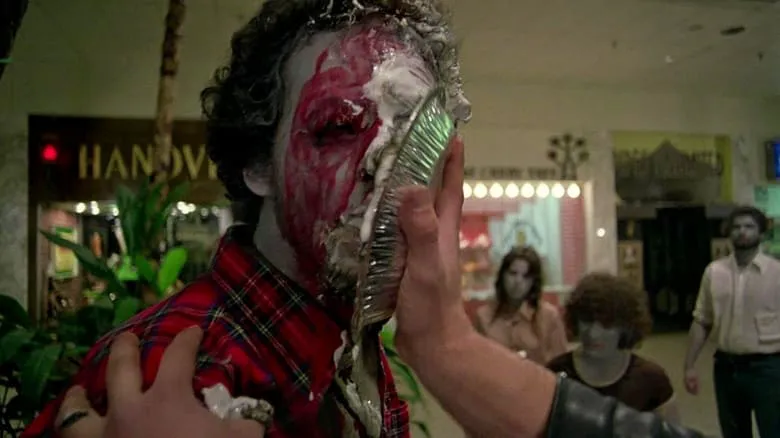
Only the final credits offer a hint of mischief, but it doesn’t change the overall tone. “Dawn of the Dead” is a clearly politically correct, mainstream allegory. In this vein, while retaining the humor of Romero and Argento, one can’t help but wonder what it’s really about. All the characters in the film are walking and talking. But the hordes of bloody, blue-tinged, hungry, and aggressive figures represent the dead. Therefore, the few who are still uninfected can shoot them at will, laughing and competing for accuracy. “Can you get Burt Reynolds (the zombie looks like Burt Reynolds)?” “Can you get Britney Spears (the zombie looks like Britney Spears)?” The parody of Hollywood is secondary. The primary message is that the film grants the few “living” a license to kill the rest – even all of them. After all, they’re just zombies.
This license is more potent than the plot itself, as “seeing” is more convincing than “hearing.” And it’s not just about the history of horror or cinema. It reveals something about the mindset of contemporary America: “International terrorism,” the second “Desert Storm”…